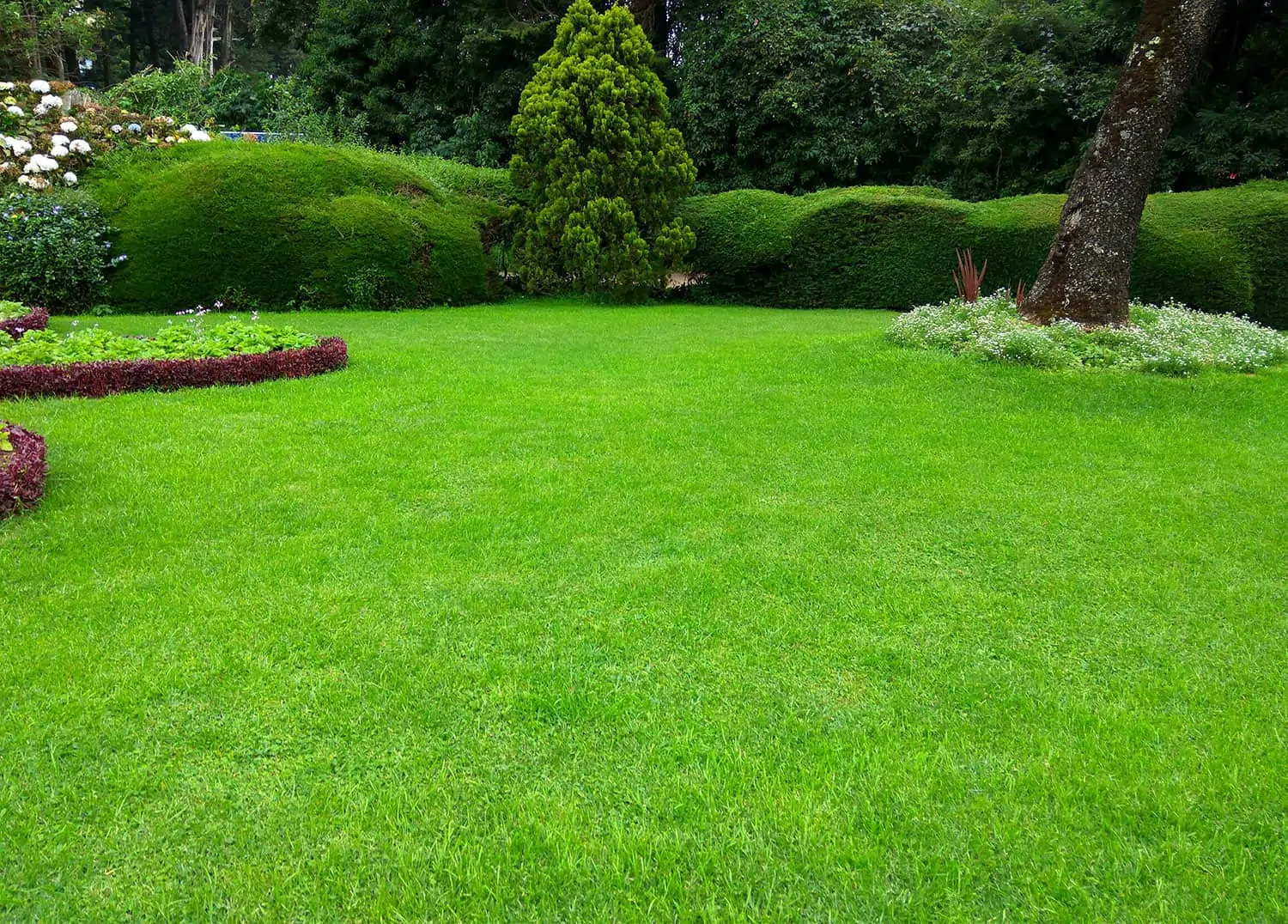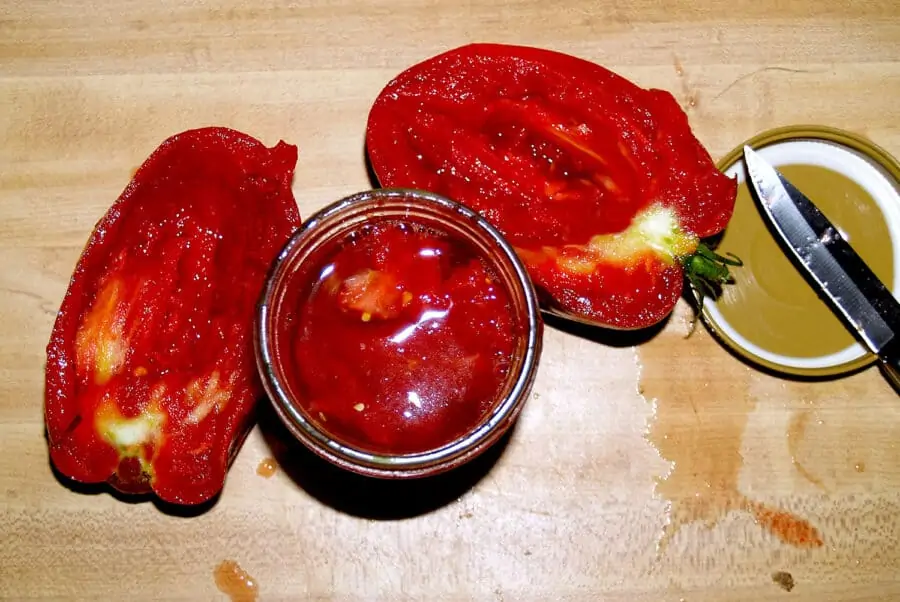Hellebores (pronounced hel-eh-bor’us ) are also known as Lenten Rose because their nodding, rose-like flowers appear in late winter or early spring around the Christian holiday of Lent (the season of Easter). As one of the earliest flowers to bloom in your garden, it’s a welcome reminder that winter is on its way out.
Despite its nickname, hellebores are not a member of the rose family. These herbaceous perennials grow low to the ground in clumps usually no more than one – to one-and-a-half feet high and have distinctive leathery, dark-green leaves. They need little care, aren’t too fussy, and the foliage is evergreen in all but the coldest regions. You’ll enjoy them in your garden for many years, with little effort. Deer and Voles don’t like them either, so this is one flower they won’t eat.
Hellebore flowers
Hellebore flowers are cup-shaped and rose-like (hence the nickname) and appear in a vast array of colors. The flowers are 2-4″ in diameter, may appear in single or double form, and in clusters that either face upwards or nod downwards. Old-fashioned varieties flower in shades of white and green. Newer hybrids include shades of pink, purple, yellow, red, gray, and black, and there are even some spotted and striped varieties.
When the flowers bloom is largely dependent on snow cover and temperature. They typically appear from very early winter through early spring, for a period of 8-10 weeks, when few other flowers are in bloom. In my garden in Pennsylvania, they bloom from March through May. Bees and other pollinators love them as they’re rich in nectar and few flowers are in bloom as early as Hellebores.
Hellebores are bred for a specific flower type and most are hybrid varieties. If you wish to maintain consistency in the flowers, remove the seed capsules each year or plant different varieties at opposite ends of your garden. They seed prolifically, and the self-sown plants may appear in unexpected combinations of flower types or colors (the flowers of the offspring of hybrids are not true to the parent). To prevent self-sowing, remove the spent flowers before the seed pods open. Self-sown plants will bloom after 3 seasons.
Related Post: Review: Best Roses, Herbs & Edible Flowers
hellebores
Hellebore planting tips
Like most plants, where you site your Hellebores is critical to if they thrive or not, and how many flowers they produce. Hellebores are native to woodland edges, so give them light shade in your garden, but some direct sun. They’ll struggle in boggy, wet conditions. Morning sunlight will encourage the plant to produce more flowers than those in deeper shade. The location should also be sheltered from drying, cold winter winds, as foliage exposed to cold, windy weather becomes scorched and brown. To enjoy their downward-facing blooms, plant hellebores on elevated areas such as a border, hillside, or raised garden bed.
Hellebores are hardy in Zones 4-9 (find your plant hardiness zone here).
They prefer soil that is slightly alkaline or a neutral pH, that is rich in organic matter, drains well, and is evenly moist.
Plant anytime in autumn or spring. If planting in the autumn, allow 4-5 weeks for roots to develop before the first freeze.
Plant 14-18″ apart for most species.
Mulch after planting to help retain soil moisture.
Water regularly the first season until they’re established. They need little additional water aside from rainfall after they’re established.
If transplanting from a container, shake off any planting mix, rinse the roots, and free any roots that are twisted or rootbound.
Like peonies, don’t plant them too deeply, as this can hinder flower blooms and production. The crown of the plant should be just slightly below the soil line.
Can you grow Hellebores in containers?
We suggest planting hellebores in containers for one season only, as Hellebores like to spread. Shade the containers in summer, as high soil temps may damage the plant. Transplant them to your garden in fall.
hellebores
Caring for Hellebores
Hellebores rarely need fertilizer. Apply compost or composted manure annually to encourage blooming.
Hellebores go dormant in the summer heat and are drought-tolerant, so they need little attention at this time.
Shear the foliage in late winter just before blooming begins, for the best appearance. This is not necessary for them to thrive, however
Hellebores don’t need to be divided to maintain their health. But if you wish to do so, for instance, when transplanting to another location, do it in the fall.
Mulch around the root zones to keep the soil evenly moist over winter, but pull the mulch back before the flowers bloom.
Hellebores can survive spring and fall frosts and will perk right back up as the sun warms them.
To expose the delicate flowers and help control hellebore leaf spot disease, remove the old leaves in late winter or early spring when the flower buds are beginning to emerge.
Once the flowers have faded in late spring, remove the old flower stems and aging leaves to encourage new growth from the base.
Keep some seedpods if you want to encourage self-seeding. If seedlings aren’t desired, remove the spent flowers before the seed is set.


